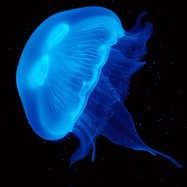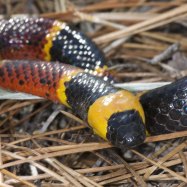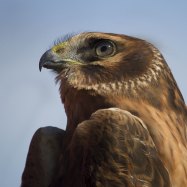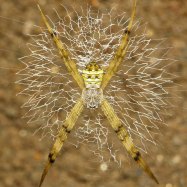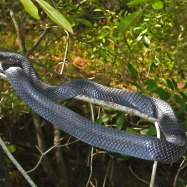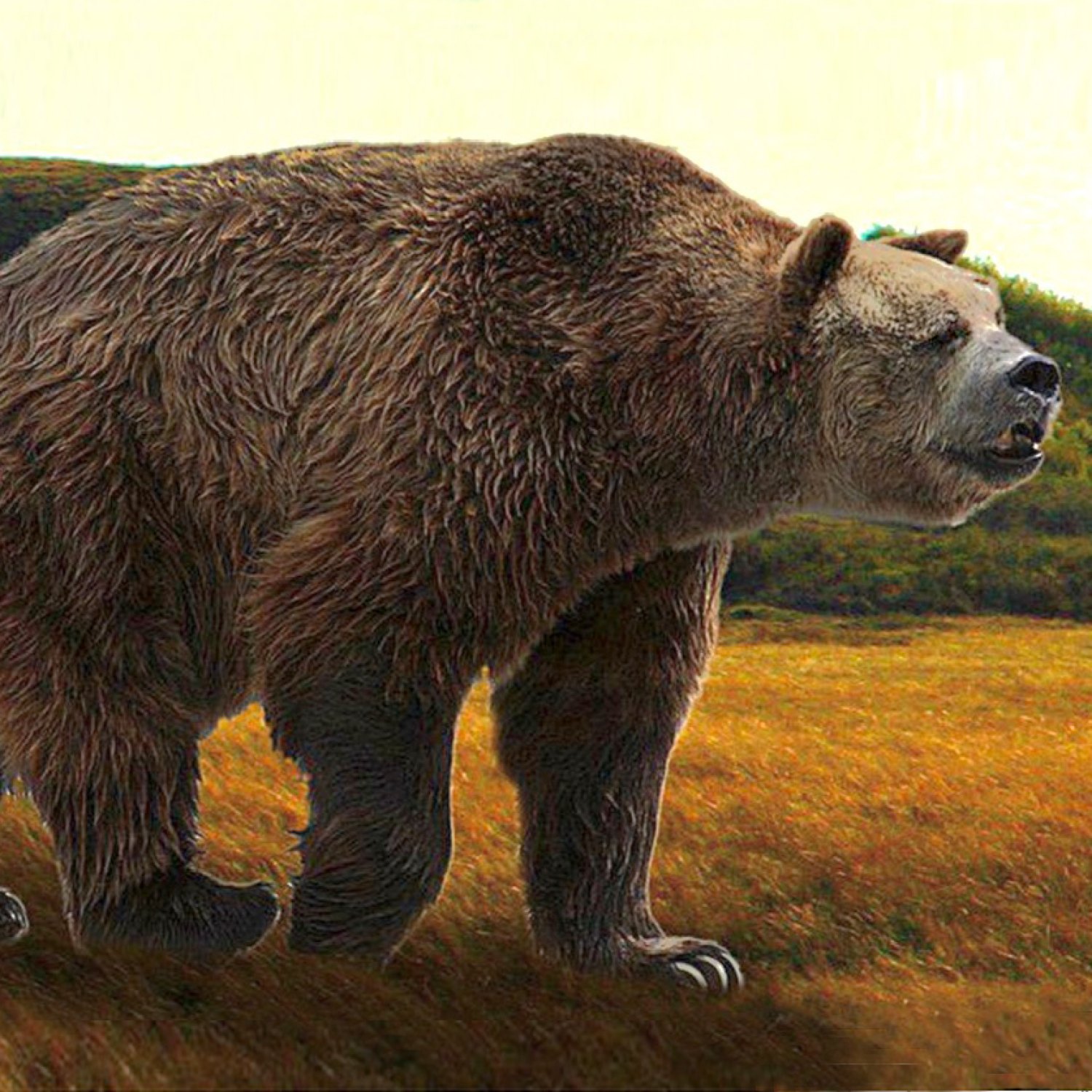
Short Faced Bear
2.5 to 3 meters
The short-faced bear, also known as the Arctodus Simus, was a fearsome predator that roamed the earth during the Pleistocene era. With a length of 2.5 to 3 meters, this animal was the largest bear species ever recorded. Its robust and bulky body gave it immense strength and made it a formidable hunter. Belonging to the Ursidae family, these bears were found all over North and South America. Though they are now extinct, their legacy lives on, inspiring awe and fascination in the minds of many.
Animal Details Summary:
Common Name: Short Faced Bear
Kingdom: Animalia
Habitat: Open grasslands, shrublands, woodlands
The Prehistoric Beast
When one hears the word "bear," the image of a cute, fuzzy, and cuddly animal may come to mind. However, there was once a bear species that roamed the earth that was far from being cute and cuddly. This bear, known as the Short-Faced Bear, was an apex predator of the Pleistocene era, making it one of the most formidable creatures to ever walk the earth.Into the World of the Short-Faced Bear
The Short-Faced Bear, scientifically known as Arctodus simus, was a prehistoric species that belonged to the Animalia kingdom, the Chordata phylum, and the Mammalia class Short Faced Bear. They were a part of the Carnivora order and the Ursidae family, making them closely related to modern-day bears.This majestic creature earned its common name due to its unique physical feature - a short, flat face. The Short-Faced Bear had a skull that was much shorter and flatter than modern bears, giving them an overall bulldog-like appearance. This physical trait, along with their powerful body, made them one of the most dominant predators in North America during the Pleistocene era.
Habitat and Distribution
The Short-Faced Bear's habitat was far different from what modern bears are accustomed to. They preferred open grasslands, shrublands, and woodlands, unlike their modern counterparts, who usually inhabit forests and mountains.These prehistoric bears were primarily found in North America, with the majority of their remains being discovered in the United States. They occupied most of the continent, from the East Coast to the West Coast, and from Canada to Mexico. However, there is evidence of their existence in South America as well Salmon.
A Robust and Powerful Body
Aside from their unique facial structure, the Short-Faced Bear had a robust and bulky body. It was estimated that they could reach a length of 2.5 to 3 meters, making them one of the largest bears in history.Their impressive size was accompanied by an equally impressive weight, with some estimates stating that they could weigh up to 1,500 pounds. To put that into perspective, a modern-day polar bear, the largest bear species today, can weigh up to 1,500 pounds as well.
A Formidable Predator
The Short-Faced Bear was an apex predator, meaning they were at the top of the food chain during their time. Their powerful body and sharp claws made them efficient hunters, capable of taking down large prey such as bison, horses, and even other predators like wolves and saber-toothed cats.Their hunting strategy was quite different from modern bears, as they were not primarily carnivorous. Instead, they were omnivorous, meaning they consumed both meat and plants. This gave them the flexibility to adapt to different food sources, increasing their chances of survival.
Dangerous Encounters
Encounters with the Short-Faced Bear would have been a terrifying experience for any animal, including humans. With their size and hunting capabilities, they were a formidable opponent.However, scientists believe that their interaction with humans was rare, as humans were not their primary prey. Their extinction, which is believed to have occurred around 11,000 years ago, was likely a result of climatic changes and the competition for food with other predators.
The Dark to Light Brown Coat
The Short-Faced Bear had a distinct coat that ranged from dark to light brown. This coloration served as camouflage, making them blend in with their grassland habitat.Their thick and coarse fur provided insulation against the harsh conditions of the Pleistocene era, ensuring their survival in cold environments. Similar to modern bears, they would have gone through coat changes depending on the season, with a thicker coat during the winter months.
A Lost Species
Unfortunately, the Short-Faced Bear is now an extinct species, and all we have left are their fossil remains. Their extinction was a significant loss to the ecosystem, as they served as a vital part of their environment. As apex predators, they helped maintain balance and regulate prey populations, preventing overgrazing and animal overcrowding.However, their remains have provided valuable insights into their biology and behavior. Scientists have been able to learn about their physical appearance, hunting strategies, and even their relationship with other prehistoric animals. This knowledge has helped us understand our planet's history and the role that these magnificent creatures played in it.
The Mysteries of the Short-Faced Bear
Despite our understanding of the Short-Faced Bear, there is still much to learn about this extinct species. Due to the limited remains found, there are many unanswered questions about their behavior, social structure, and even their exact cause of extinction.Scientists continue to study these prehistoric bears, using advanced technology and techniques to unlock the mysteries of the Short-Faced Bear. These creatures may be long gone, but their importance and impact on our planet's history will never be forgotten.
In Conclusion
The Short-Faced Bear was a powerful and majestic creature that roamed the earth during the Pleistocene era. As apex predators, they were a vital part of the ecosystem, shaping the landscape and maintaining balance.Their robust body, dark to light brown coat, and unique facial structure make them a fascinating subject of study. Although they may be an extinct species, their legacy lives on through their fossil remains, providing valuable insights into our planet's history. The Short-Faced Bear may be gone, but they will always be remembered as one of the greatest predators to ever walk the earth.

Short Faced Bear
Animal Details Short Faced Bear - Scientific Name: Arctodus simus
- Category: Animals S
- Scientific Name: Arctodus simus
- Common Name: Short Faced Bear
- Kingdom: Animalia
- Phylum: Chordata
- Class: Mammalia
- Order: Carnivora
- Family: Ursidae
- Habitat: Open grasslands, shrublands, woodlands
- Feeding Method: Omnivorous
- Geographical Distribution: North America
- Country of Origin: United States
- Location: Pleistocene era
- Animal Coloration: Dark to light brown
- Body Shape: Robust and bulky
- Length: 2.5 to 3 meters
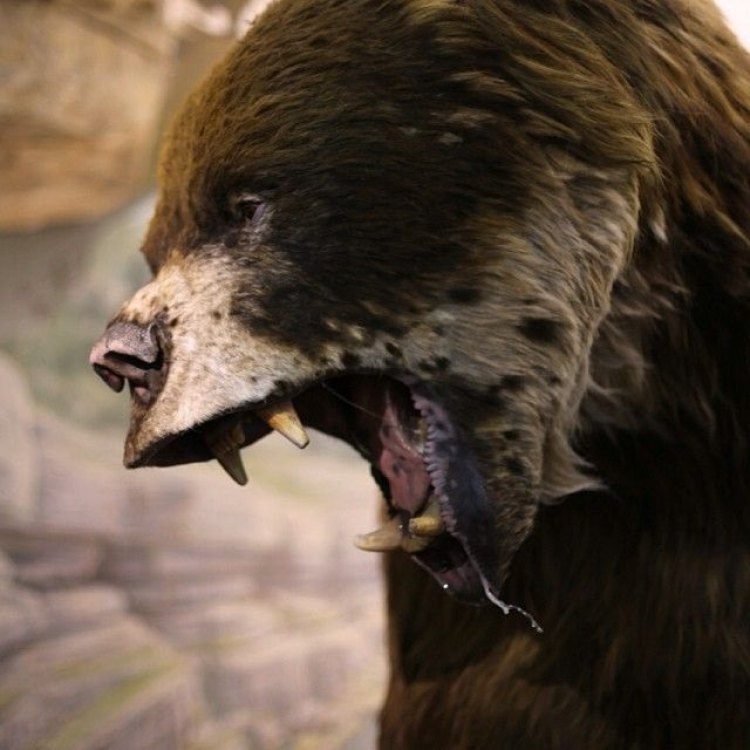
Short Faced Bear
- Adult Size: Largest bear species
- Average Lifespan: 20 to 25 years
- Reproduction: Sexual
- Reproductive Behavior: Mating occurs in late spring and early summer
- Sound or Call: Grunts, roars, growls
- Migration Pattern: None
- Social Groups: Solitary
- Behavior: Scavenger and opportunistic hunter
- Threats: Habitat loss, climate change, human activities
- Conservation Status: Extinct
- Impact on Ecosystem: Played a major role in shaping the ecosystems they lived in
- Human Use: Hunted by early humans for food and resources
- Distinctive Features: Long legs, long snout, large body size
- Interesting Facts: One of the largest terrestrial mammalian carnivores of all time
- Predator: None
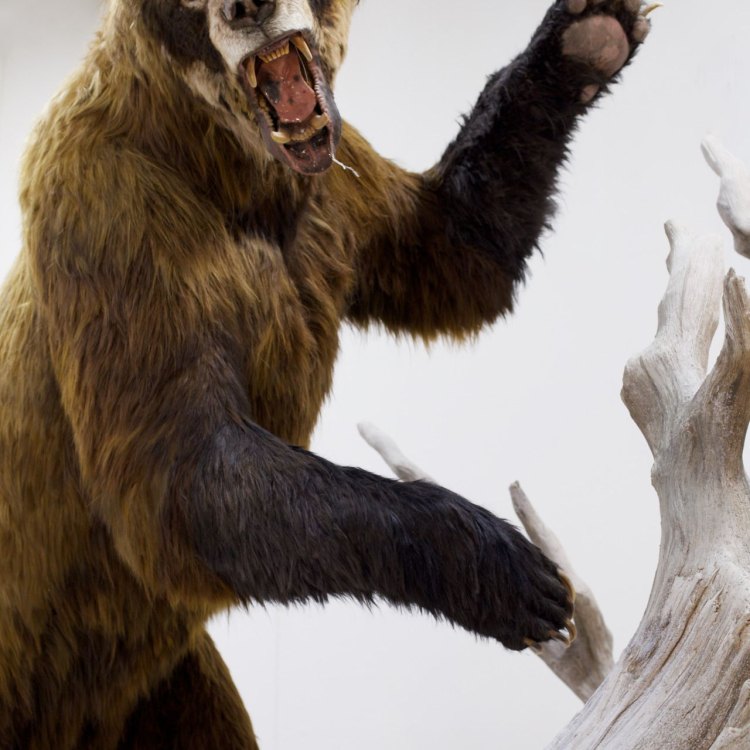
Arctodus simus
The Majestic and Mysterious Short Faced Bear: A Creature of Legends and Extinction
Deep in the heart of ancient North America, roamed a creature that inspires both awe and fear in our modern world. The Short Faced Bear, known scientifically as Arctodus simus, was one of the largest terrestrial mammalian carnivores of all time. With its long legs, long snout, and large body size, this bear species was truly a sight to behold. However, despite its imposing appearance, this creature met a tragic fate and is now extinct PeaceOfAnimals.Com. In this article, we will explore the unique features, behavior, and role of the Short Faced Bear in its ecosystem, and how its extinction serves as a cautionary tale for the impact of human activities on our planet.Size and Physical Appearance
The Short Faced Bear was the largest bear species to ever exist. Its size was comparable to that of a modern-day polar bear, reaching up to 12 feet in height when standing on its hind legs, and weighing a staggering 2,500 pounds. This species also had long legs, which gave it a unique and distinctive appearance. Its long snout, coupled with its long legs, gave it a somewhat awkward and ungainly appearance, but also made it a formidable predator. Its large size and muscular build enabled it to take down large prey such as bison and musk oxen.Lifespan and Reproduction
The average lifespan of the Short Faced Bear was 20 to 25 years. This lifespan is relatively short compared to other bear species, such as the grizzly bear, which can live up to 35 years in the wild. This species reproduced sexually, and mating normally occurred in late spring and early summer Saw Scaled Viper. Female Short Faced Bears gave birth to one or two cubs, which they raised on their own. This solitary lifestyle is uncommon among bears, as most species are known to be social animals.Behavior and Social Groups
The Short Faced Bear was primarily a solitary animal, which means it did not form social groups like other bear species. They had no distinct migration patterns and were found throughout much of ancient North America. However, during mating season, males and females would come together in pairs, and then go their separate ways after breeding. This species was known to be both a scavenger and an opportunistic hunter. Due to its large size, it could take down large prey but also relied on scavenging for food. Its solitary behavior and scavenging tendencies may have contributed to its extinction, as it was not able to adapt to changing environmental conditions or compete with social species.Sounds and Calls
According to paleontologists, the Short Faced Bear vocalized through grunts, roars, and growls, similar to modern bears. However, scientists have also suggested that these vocalizations may have been deeper and louder due to their large size. Like modern bears, these vocalizations were probably used to communicate with potential mates or to warn of danger.Threats and Conservation Status
The Short Faced Bear's habitat was widespread throughout ancient North America, ranging from what is now Alaska to Mexico. However, their range began to shrink as the climate changed and human populations expanded. This species faced several threats, including habitat loss due to climate change and human activities, competition with other species, and hunting by early humans for food and resources.Unfortunately, these factors led to the extinction of the Short Faced Bear around 11,000 years ago. The International Union for Conservation of Nature (IUCN) officially lists this species as extinct, and it is considered a cautionary tale for the impact of human activities on wildlife and their habitats. The loss of this iconic creature has had a significant impact on the ecosystems it once inhabited.
Role in the Ecosystem
The Short Faced Bear played a major role in shaping the ecosystems it lived in. As a top predator, it controlled the population of other species, preventing overgrazing and maintaining the balance of the ecosystem. Its large size and scavenging behavior also helped in the decomposition of dead animals, ensuring that nutrients were returned to the soil.Furthermore, this species had a direct impact on the evolution of other animals. The fear of predation from the Short Faced Bear caused some species to evolve for faster speeds and greater agility as a means of survival. Some experts believe that the extinction of this species caused a ripple effect throughout the ecosystem, ultimately leading to the extinction of other species.
Human Use and Cultural Significance
As with many extinct mega-fauna, early humans hunted the Short Faced Bear for food and resources. They used its bones and hides for various purposes, and it was a prominent subject in many ancient cultures and folklore. For example, Native American legends often depicted this creature as a powerful and fearsome being, earning its place in their oral traditions.Today, the remains of the Short Faced Bear continue to intrigue scientists and the general public. Researchers have studied its bones and fossil records to better understand its behavior and role in the ecosystem. They have also been able to reconstruct its appearance and movements through 3D models and animations, allowing us to visualize this magnificent creature in its natural habitat.
The Legacy of the Short Faced Bear
The Short Faced Bear may be extinct, but its legacy continues to live on. This majestic and mysterious creature captured the imagination of early humans and continues to fascinate us today. Its unique features, behavior, and role in the ecosystem make it a significant part of Earth's history.However, its unfortunate fate serves as a cautionary tale for the impact of human activities on our planet's biodiversity. As we continue to face numerous environmental challenges, it is crucial to learn from the past and take action to protect and preserve the species that still exist before they suffer the same fate as the Short Faced Bear.
In conclusion, the Short Faced Bear was a creature of legends and extinction, leaving behind a legacy of awe and wonder. Its size, behavior, and role in the ecosystem make it a unique and significant part of our planet's history. As we reflect on its story and the lessons it teaches us, let us also be reminded of the need to protect and preserve our planet's diversity for future generations.
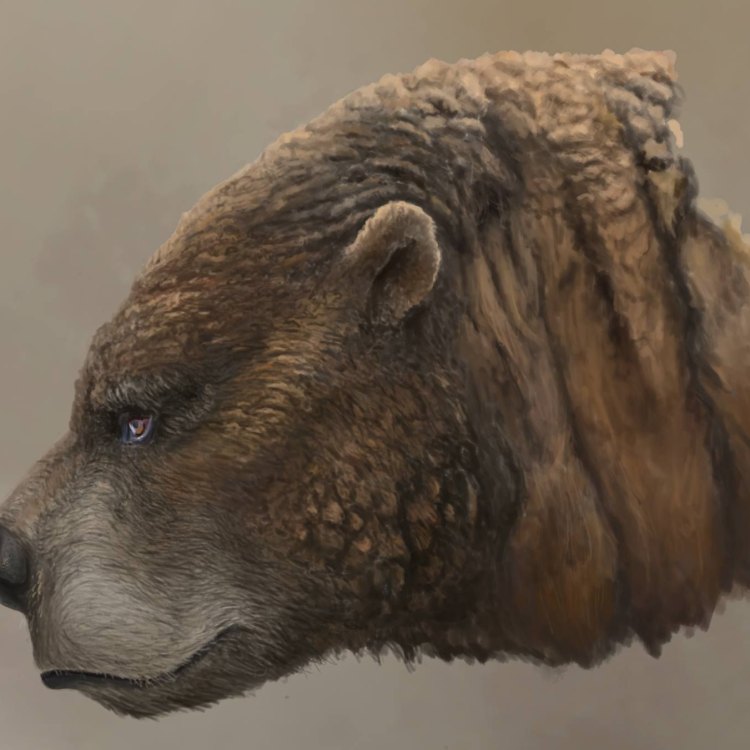
The Prehistoric Beast
Disclaimer: The content provided is for informational purposes only. We cannot guarantee the accuracy of the information on this page 100%. All information provided here may change without prior notice.

